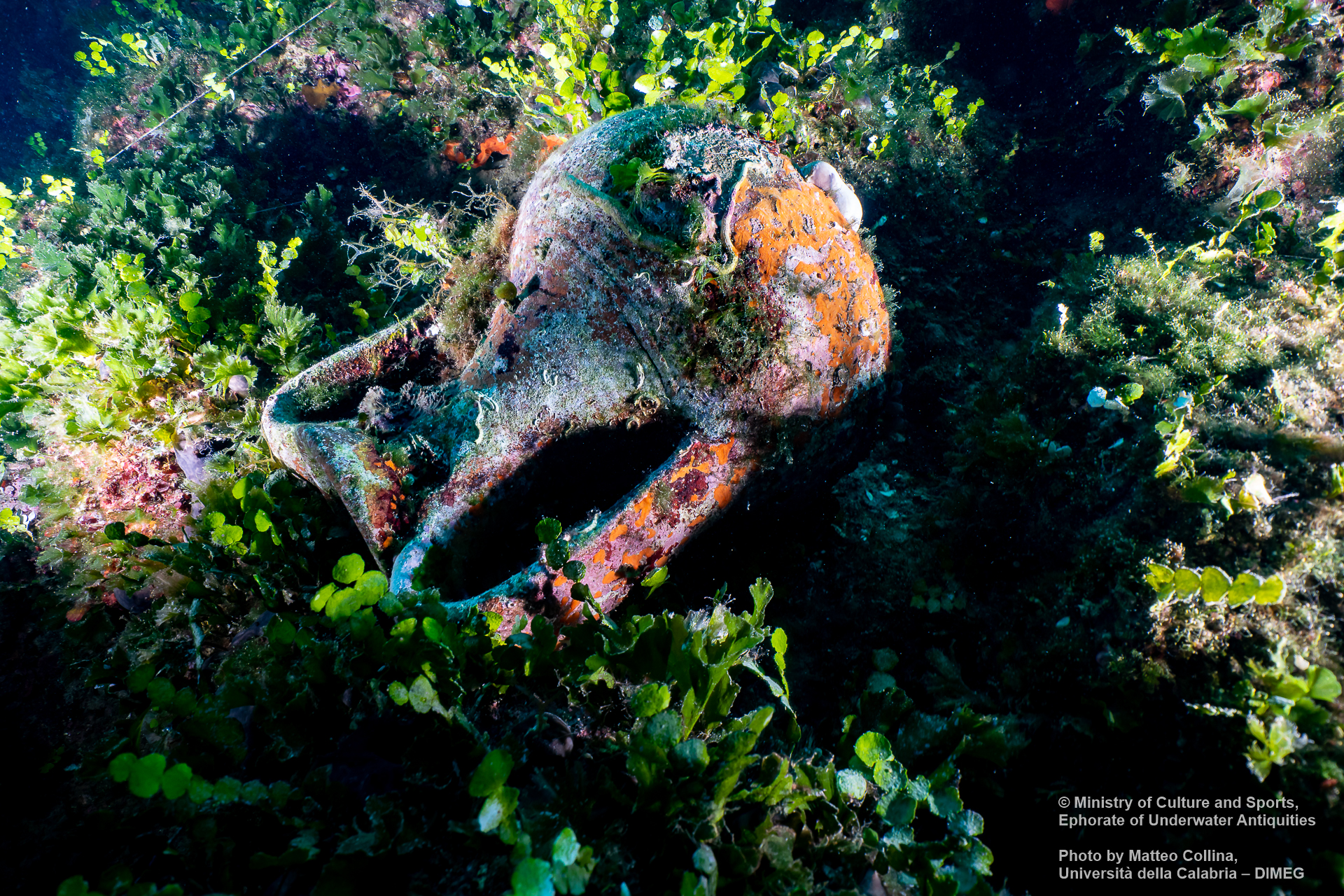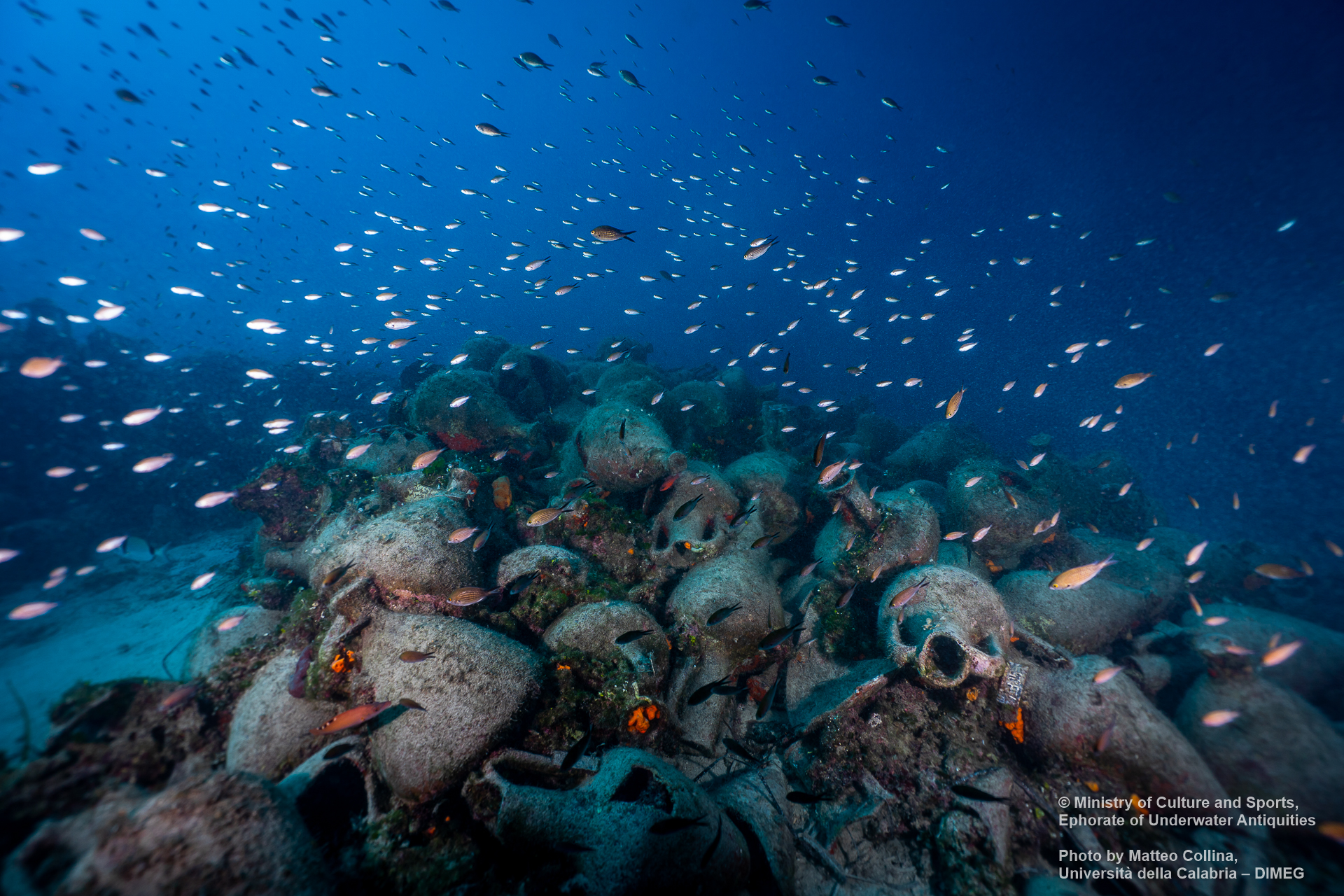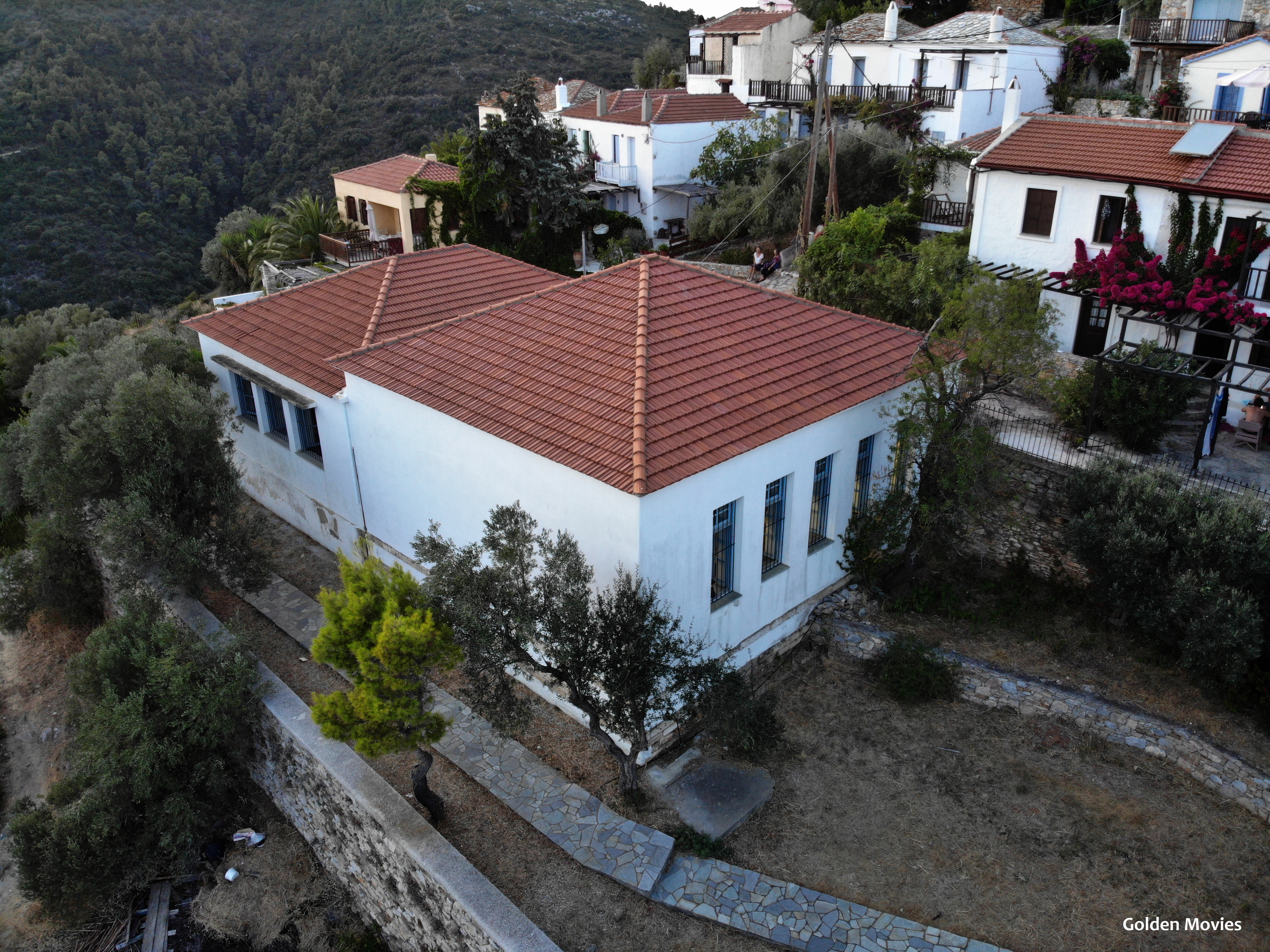Thessaly Region, Greece
Creating the most important network of underwater museums in the Eastern Mediterranean
Region: Thessaly
- PIONEERING
- SAFE
- EXTROVERTED
Type of organisation leading the larger local innovation ecosystem
Public authority
The Region of Thessaly protects, preserves and promotes the rich and irreplaceable cultural stock of Thessaly with projects over 60 million euros from all financial instruments and actively supports dozens of cultural events, associations and organizations that keep alive the fire of tradition. With the opening of the first Underwater Museum in the country, in Alonissos, Thessaly becomes a leader in diving tourism, the second most expensive tourist product in the world. The promotion of Creative Tourism is one of the thematic priorities of the Strategy of Smart Specialization in Thessaly (RIS 3), organized based on the functional utilization of Thessalian Culture through activities capable of a) to activate part of the various resources of Thessaly (historical periods, gastronomy etc.) and b) attracts visitors seeking relationships with places and local communities, experiences and opportunities for creation.
Main challenges related to cultural tourism
The main challenges related to cultural tourism as they have developed due to the coronavirus are:
- The increase in the use of digital technologies to highlight cultural or natural resources, the use of digital immersion technologies for greater tourist engagement and better experience, the use of electronic ticketing and pricing policies.
- Improving the skills of employees in cultural resources to provide high quality services.
- Improving the accessibility of cultural or natural resources.
- Targeted marketing in specific markets with a different approach each time, with vehicle-recognized destinations such as e.g. the Meteoras that are gaining worldwide recognition.
- Actions linking knowledge with entrepreneurship in the field of cultural tourism (universities, technical institutes, research institutes).
- Actions for the use of digital tools and media for businesses.
- Marketing plan for the development of cultural tourism and specialization of the plan per group of institutions / audience / content.
- Creating a guide for the tour - presentation and use of appropriate media (books, digital media, etc.).
- Creation of a guide for the promotion of cultural tourism of the Region of Thessaly.
- Enhancing business skills in the field of cultural tourism leading to certification.
- Supporting businesses to adapt to climate change and transition to a low carbon economy.
- Increasing business extroversion (eg exhibitions abroad, digital promotion tools)
- Strengthening alternative forms of tourism and innovative and extroverted entrepreneurship.
- Strengthen development research and innovation projects in RIS3 priority areas.
- Strengthening the interconnection of tourism with the agri-food system.
- Strengthening the creative industry.
- Improving employability in culture and tourism with actions for the creation of sustainable jobs, vocational training with certification of knowledge, upgrading of knowledge and skills of human resources in topics related to cultural tourism.
- Social economy / social innovation support (start-ups, social enterprises, clusters, networking).
- Ensuring conditions for social inclusion through the use of social entrepreneurship actions to integrate socially vulnerable groups into the labor market, as well as other integration actions, especially for groups most at risk of exclusion such as young people, women and the disabled.
For Thessaly Region, Circular Cultural Tourism is a development tool.
Current strategic planning
The Integrated Spatial Investment in Cultural Tourism
The strategic goal of the implementation of the integrated spatial investments in the Tourism Culture Route in the Region of Thessaly is the protection, promotion and utilization of the cultural and natural heritage and activation of human capital and companies for the emergence of Tourism Culture Route as a modern, international and competitive tourist product.
The utilization of the cultural and natural heritage in the Tourism Culture Route in Thessaly aims to convey the importance and need for preservation to the host community members and visitors. Also, its management should provide benefits to the host communities and incentives and means to maintain it. On the other hand, visitors must respect both the cultural values and the interests and financial interests of the community where the heritage is located, of the local groups that preserve it or of the owners of historic properties and the landscapes and the cultures from which it comes.
The Integrated Spatial Investment of the Northern Sporades Islands is a development strategy in the spatial unity of the Northern Sporades Islands in Thessaly, with an integrated approach, with emphasis on the sustainable development of local economies and societies, resources, increase employment and improving the quality of life of residents and visitors to the three islands of the Northern Sporades, through a new development planning framework.
Ideas and future perspectives
Solar charging stations for electric vehicles, cycling tourist routes, separation of waste and recyclable at the source, storage and supply of drinking water in streets and squares, marking, improving accessibility, maintenance and promotion of hiking trails of unique beauty.
Cultural heritage asset description
The Underwater Museum of Alonnisos/Sporades & The Underwater Museum of Western Pagasetic Gulf, Greece
Peristera is an islet near Alonissos in the North Sporades, a cluster of islands in Greece (central Aegean Sea). The island is part of the National Marine Park of Alonissos, North Sporades, the largest protected marine area in Europe (2,315 km2), where the monk seal (monachus monachus) finds refuge. Prehistoric remains and ancient tombs are located on the island of Peristera. Peristera shipwreck This merchant ship is dated around the last quarter of the 5th c. BC, based on the artefacts and the transport amphorae recovered. This large wooden merchant ship of the classical period is considered one of the largest of that period and, at the same time, evidence of the importance of trade in the classical period. An extremely massive and impressive pile of transport amphorae still remains on the seabed, which almost still keeps the shape of the ship's wooden hull. Western Pagasetic Gulf is composed of shipwrecks of three different sites. The shipwreck at Kikinthos, at Akra Glaros Cape, at least four shipwrecks were recognized, the shipwreck at Telegrafos.
Type of cultural heritage
- ARCHAEOLOGICAL
- NATURAL
KACs description
Old Primary School at the settlement of Old Alonissos (Chora), in Amaliapolis a public building. At the Knowledge Awareness Centre of Alonissos and Amaliapolis the visitor can:
- Meet the world of Underwater Archaeology
- Gather information on the Accessible Underwater Archaeological Sites
- Learn how he/she can dive to an Accessible Underwater Archaeological Site
- Get information on the BLUEMED project
- Visit the Digital Museum of Underwater Archaeology
- Do a virtual dive in the impressive shipwreck of Peristera
NOUS
Part of the Bluemed project was the prototype installation of an underwater self-powered (with solar panels) system that provides real-time:
- video streaming from 5 Underwater Cameras
- remote-controlled land-based survey camera
- complete weather data and statistics
- complete solar power data and statistics The site of the cameras is Peristera island.
The cameras are running an Image Recognition software that can send alerts and updates relevant to on-demand pre-programmed pattern recognition (divers, fishes, R.O.V. etc.)
Specific goal related to the selected asset
Our goal is to open four more diving parks in the Sporades and the Western Pagasitikos, creating the most important network of underwater museums in the Eastern Mediterranean. The shipwrecks, in combination with the other cultural monuments of Thessaly, such as churches, ancient theatres, castles and other archaeological sites, will make Thessaly a 12- month destination.
Europeanisation: linkages between local heritage and European history and culture
Ancient shipwrecks teach us many facts of European history and practices and materials used at that time. For example Peristera shipwreck, in addition to the unparalleled aesthetic beauty of the underwater space, the shipwreck changed our understanding of the shipbuilding techniques of the ancient world. Marine archaeologists have brought to light a major breakthrough in the technology used to build the ship. Prior to discovering this shipwreck, ships of similar size and volume were considered possible to build only during the Roman era, i.e. three centuries after this shipwreck in Peristera. The size of the shipwreck proves that Greek shipbuilding art and technology were ahead of their time. It is considered one of the most significant shipwrecksever found in the Mediterranean Sea, and we can reveal aspects of the history of that period that otherwise would not have been known to us.
European and international Cultural Heritage recognition(s)
- European distinction for the Region of Thessaly in promoting innovative, alternative tourism products with added value for the economy, culture and local communities. The work - flag of the Underwater Museum of Peristera in Alonissos, Thessaly Region won the 1st Prize in the category: "Innovation and digitization in sustainable cultural tourism, for smart destinations" of the European Cultural Tourism Network ECTN. The project was recognized as an example of excellence that inspires other tourist destinations and encourages the further development of sustainable and responsible cultural tourism initiatives.
- Meteora is one of the largest monastic ensembles in Greece, with a continuous presence from the time of the establishment of the first ascetics until today. The six monasteries to be visited in Meteora are today restored and, with most of them preserved their fresco decoration. In 1989 Unesco inscribed Meteora on the World Heritage List as a cultural and natural asset of particular importance.
- The Underwater Museums in Peristera Alonnisos is an archaeological site declared by the Ministry of Culture of the Greek Ministry of Culture and Sports.
- We have four more declared archaeological sites by the Ministry of Culture of the Greek Ministry of Culture and Sports in the area of North Sporades that we want to highlight



